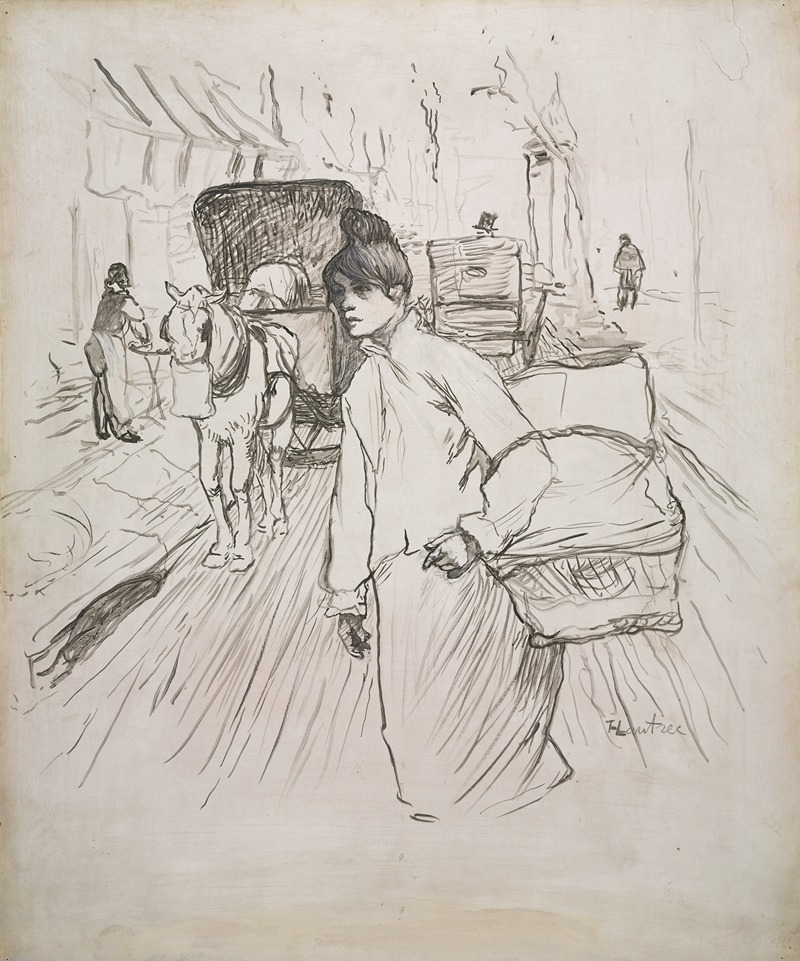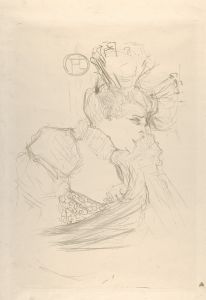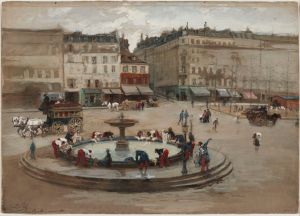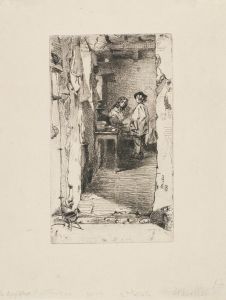
The Laundress
A hand-painted replica of Henri de Toulouse-Lautrec’s masterpiece The Laundress, meticulously crafted by professional artists to capture the true essence of the original. Each piece is created with museum-quality canvas and rare mineral pigments, carefully painted by experienced artists with delicate brushstrokes and rich, layered colors to perfectly recreate the texture of the original artwork. Unlike machine-printed reproductions, this hand-painted version brings the painting to life, infused with the artist’s emotions and skill in every stroke. Whether for personal collection or home decoration, it instantly elevates the artistic atmosphere of any space.
Henri de Toulouse-Lautrec, a prominent French painter, printmaker, and illustrator, is renowned for his depictions of Parisian nightlife in the late 19th century. One of his notable works is "The Laundress" (French: "La Blanchisseuse"), which captures a scene from everyday life, showcasing his keen observation and unique artistic style.
"The Laundress" was painted in 1886-1887, during a period when Toulouse-Lautrec was deeply immersed in the vibrant and often gritty world of Montmartre, a district in Paris known for its bohemian lifestyle and as a hub for artists, writers, and performers. This painting reflects his interest in portraying the working class and the mundane aspects of daily life, a theme that was prevalent in his work during this time.
In "The Laundress," Toulouse-Lautrec presents a young woman engaged in the task of laundry. The composition is intimate, focusing on the laundress's concentrated expression and the physicality of her work. The painting is characterized by Toulouse-Lautrec's distinctive use of color and line, which convey both the immediacy of the moment and the personality of the subject. His brushwork is fluid and expressive, capturing the textures of the fabric and the subtle play of light and shadow.
Toulouse-Lautrec's approach to this subject matter was influenced by the Impressionists, particularly Edgar Degas, who also depicted scenes of everyday life with a focus on movement and the human figure. However, Toulouse-Lautrec's work is distinguished by its emphasis on the psychological depth of his subjects and the often candid, unidealized portrayal of their lives.
"The Laundress" is a testament to Toulouse-Lautrec's ability to find beauty and significance in ordinary scenes. It reflects his empathy for the working class and his interest in exploring the social dynamics of his time. The painting also exemplifies his skill in capturing the essence of his subjects with economy and precision, using a limited palette and bold, confident strokes.
This work is part of a broader series of paintings and drawings by Toulouse-Lautrec that focus on the lives of women in various professions, including dancers, performers, and domestic workers. Through these works, he offered a glimpse into the diverse and often challenging experiences of women in the late 19th century.
Today, "The Laundress" is appreciated not only for its artistic merit but also for its historical significance, providing insight into the social fabric of Paris during the Belle Époque. Toulouse-Lautrec's ability to convey the dignity and resilience of his subjects continues to resonate with audiences, making "The Laundress" a poignant example of his enduring legacy in the art world.

















